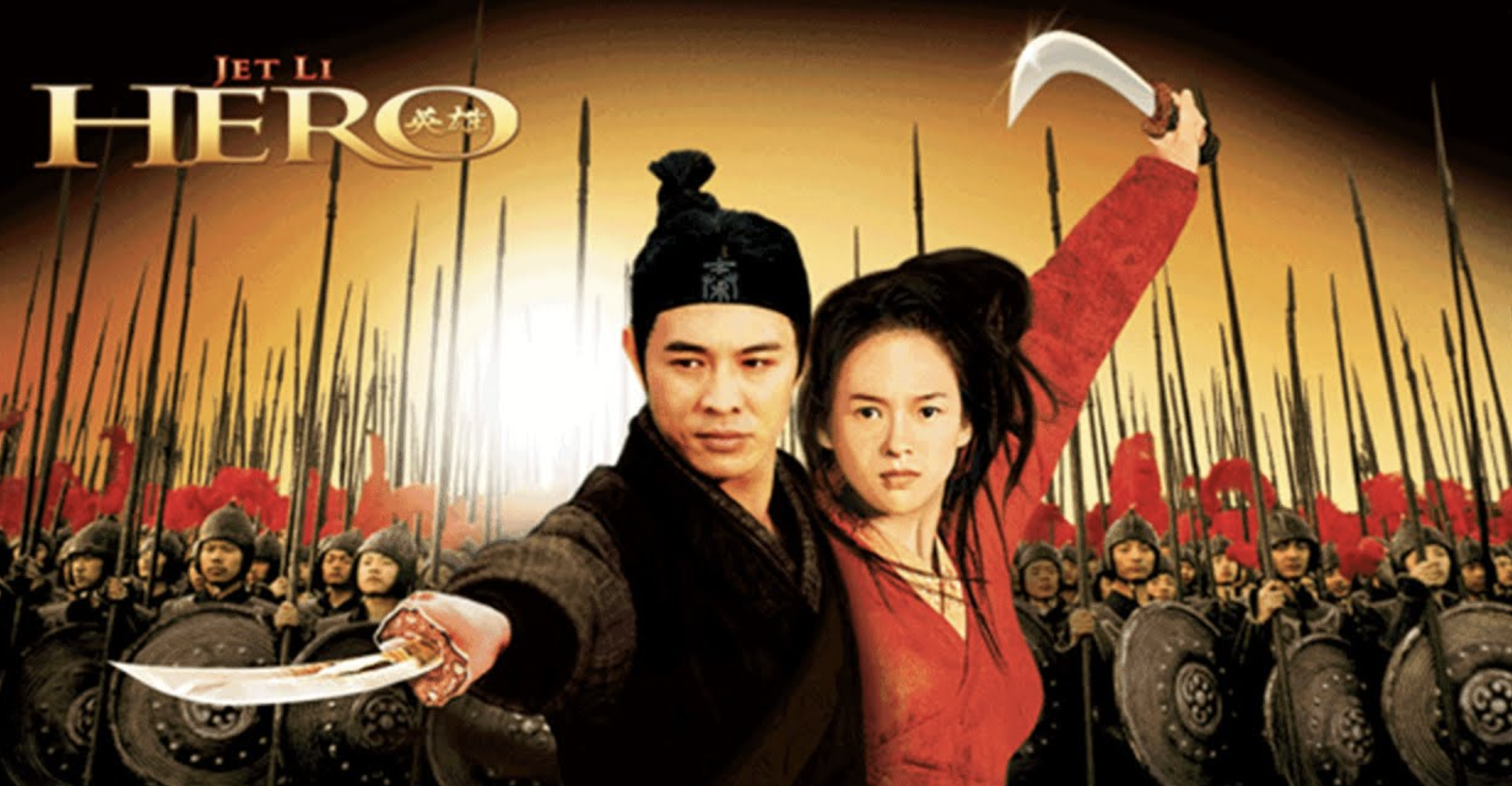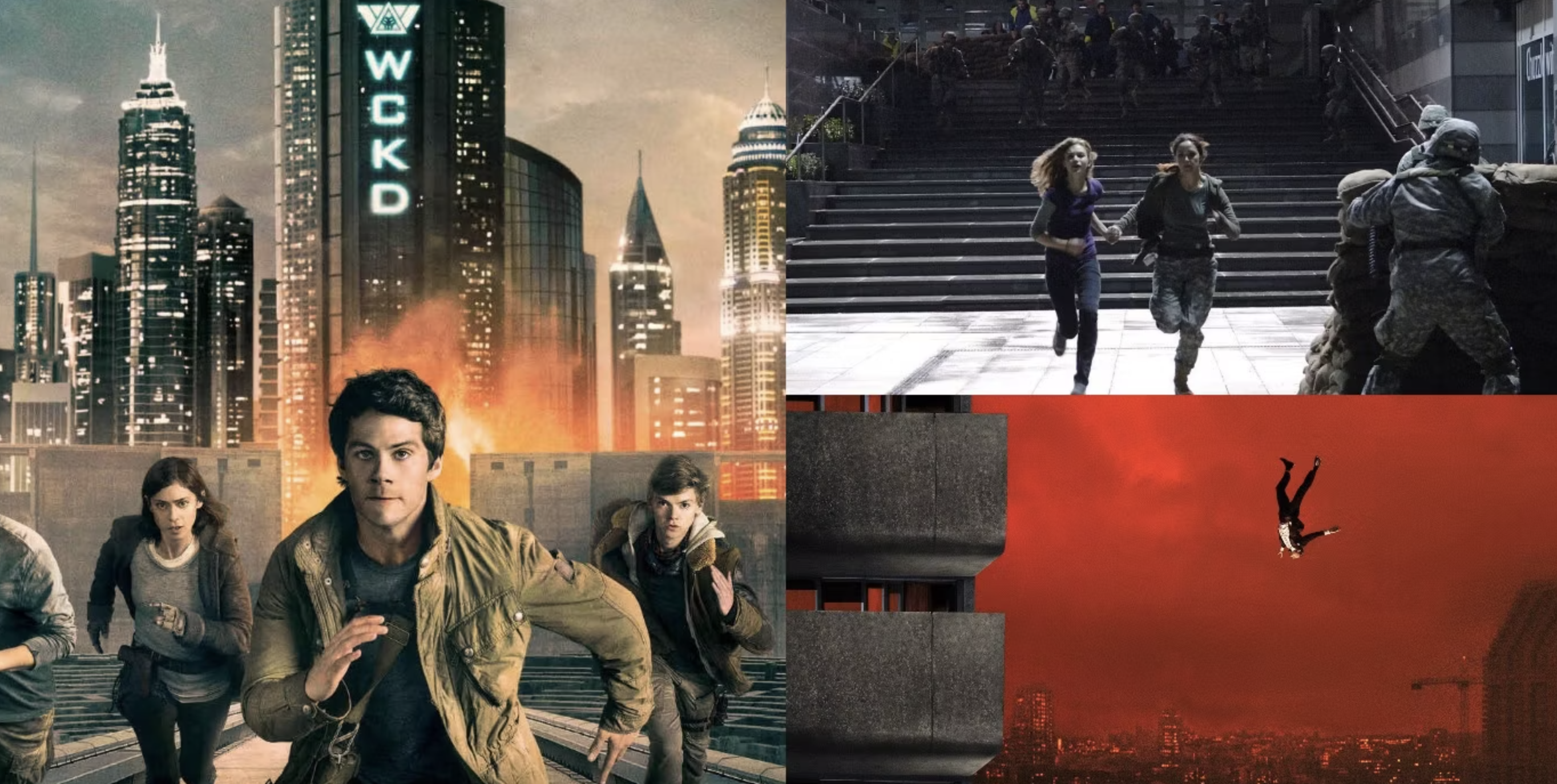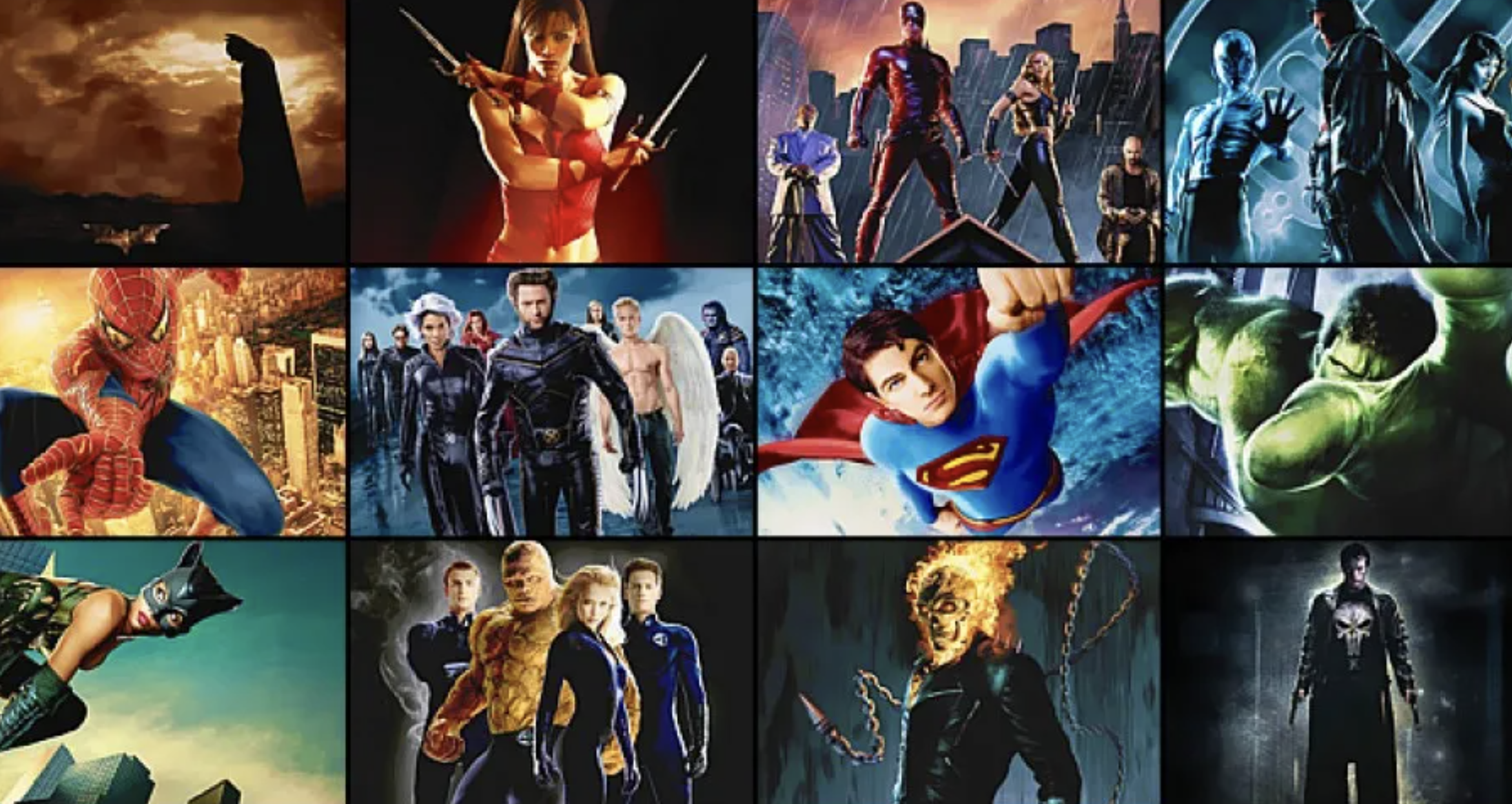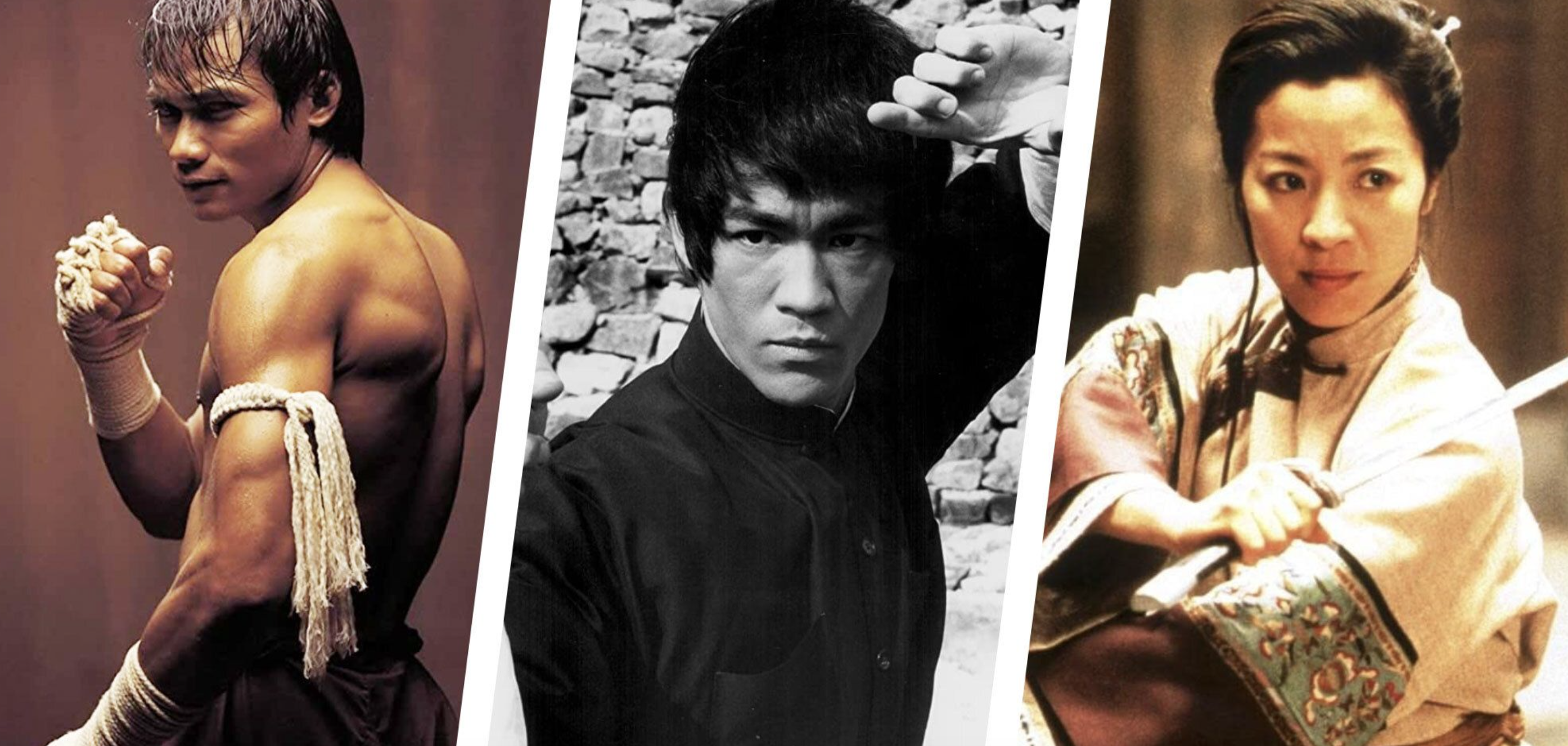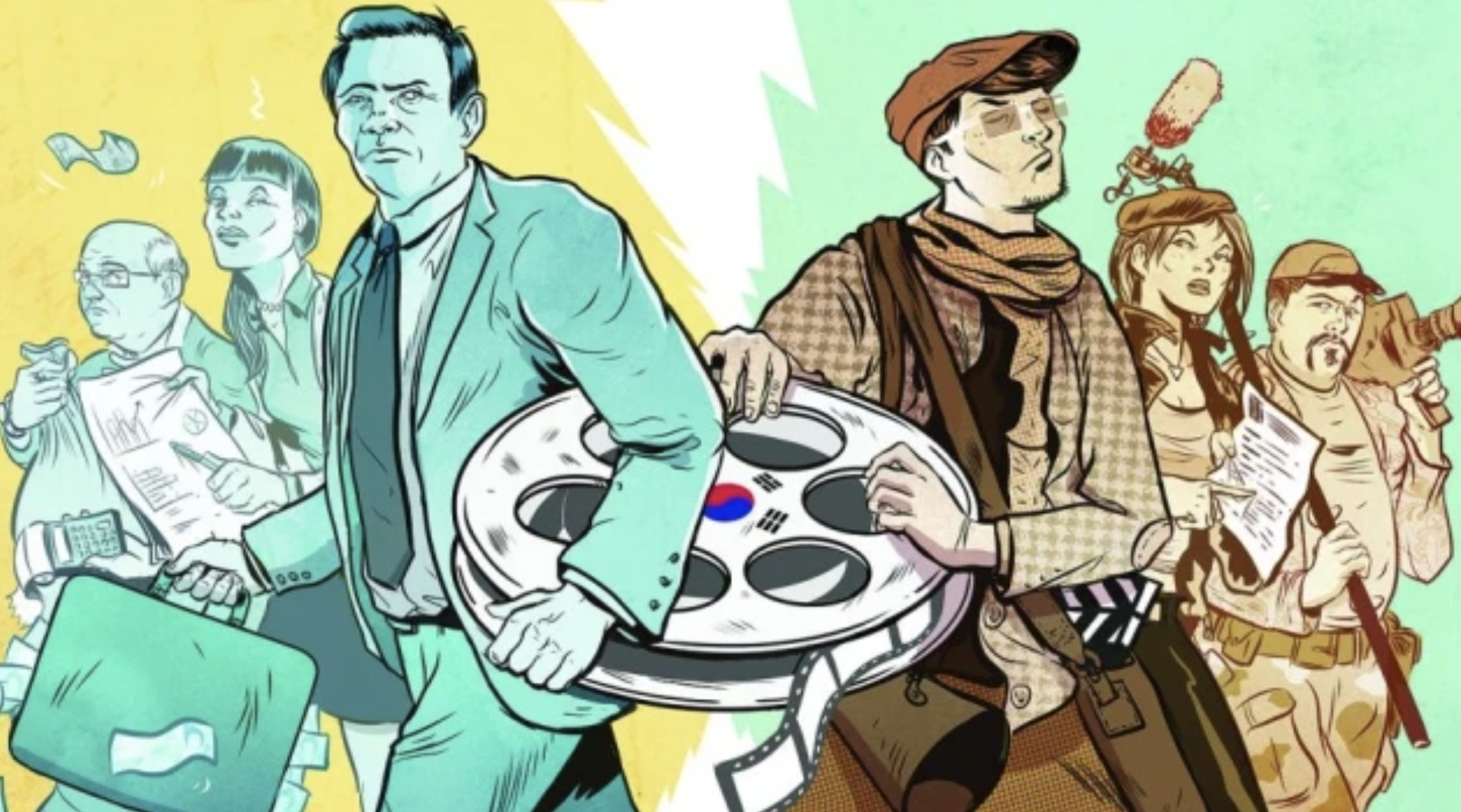Top 5 Must-See Martial Arts Films You Can't Miss
Embark on an exhilarating journey as we explore the realm of martial arts cinema. This guide will unveil the top 5 must-see films that will leave you on the edge of your seat. Prepare for a cinematic experience like no other!
If you are a fan of martial arts films, then you know that there are some movies that you simply cannot afford to miss. These Must-See Martial Arts Films are iconic, revolutionary, and impactful in the world of cinema. From Bruce Lee's legendary "Enter the Dragon" to the modern classic "Ip Man" featuring Donnie Yen, these films have left a lasting impression on audiences around the globe. Let's take a closer look at the top 5 must-see martial arts films that you can't miss.
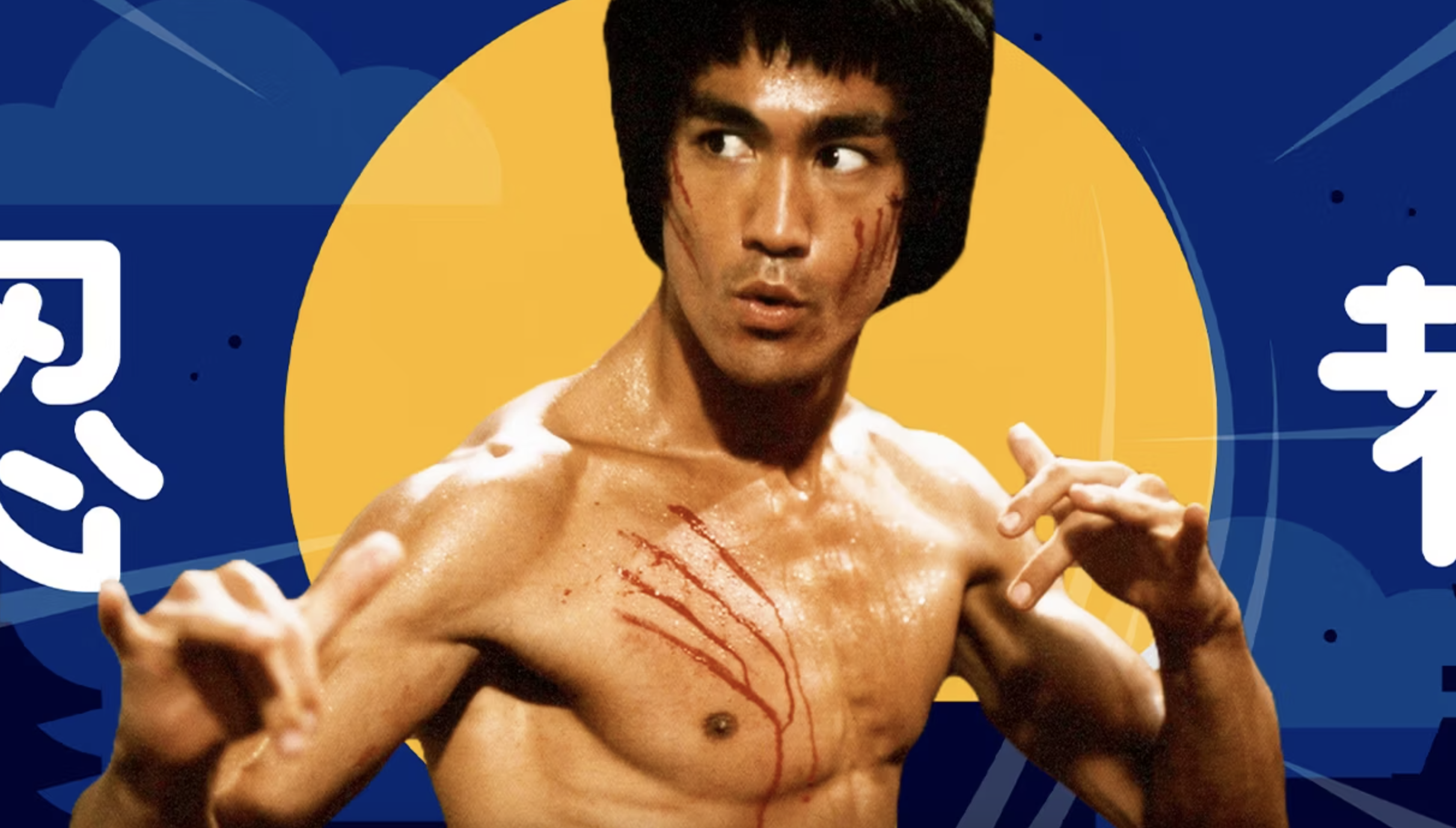
Bruce Lee's Iconic "Enter the Dragon"
When discussing must-see martial arts films, "Enter the Dragon" undoubtedly occupies a top spot on any list. This 1973 film not only brought martial arts into the mainstream of Western cinema but also cemented Bruce Lee's status as a global icon. His performance in this movie transcends the typical martial arts genre, blending philosophy, charisma, and unparalleled combat skills. "Enter the Dragon" serves as a thrilling showcase of Lee’s mastery in martial arts, combined with a compelling plot that delves into themes of espionage and personal integrity.
The film’s plot, which revolves around a martial arts competition on a secretive island, is masterfully woven with intrigue, making it more than just a series of fight sequences. Bruce Lee's character is tasked with a covert mission to expose a criminal operation, adding layers of suspense and drama to the martial arts spectacle. What sets "Enter the Dragon" apart is its ability to balance these elements, ensuring that the story's depth matches the physical artistry displayed in its combat scenes.
Lee's philosophical approach to martial arts, emphasizing fluidity and adaptability, is palpable throughout his fights. The movie's climactic mirror room battle is not only a visual feast but also a metaphor for self-discovery and confronting one’s fears and illusions.
"Enter the Dragon" is hailed for its innovative fight choreography, which includes elements that were groundbreaking at the time, such as the use of nunchaku and realistic combat sounds. The film's influence is so profound that it laid the groundwork for the martial arts film genre, inspiring countless filmmakers and martial artists worldwide. Its legacy is a testament to Bruce Lee’s vision and artistry, making it an essential viewing for anyone interested in martial arts cinema.
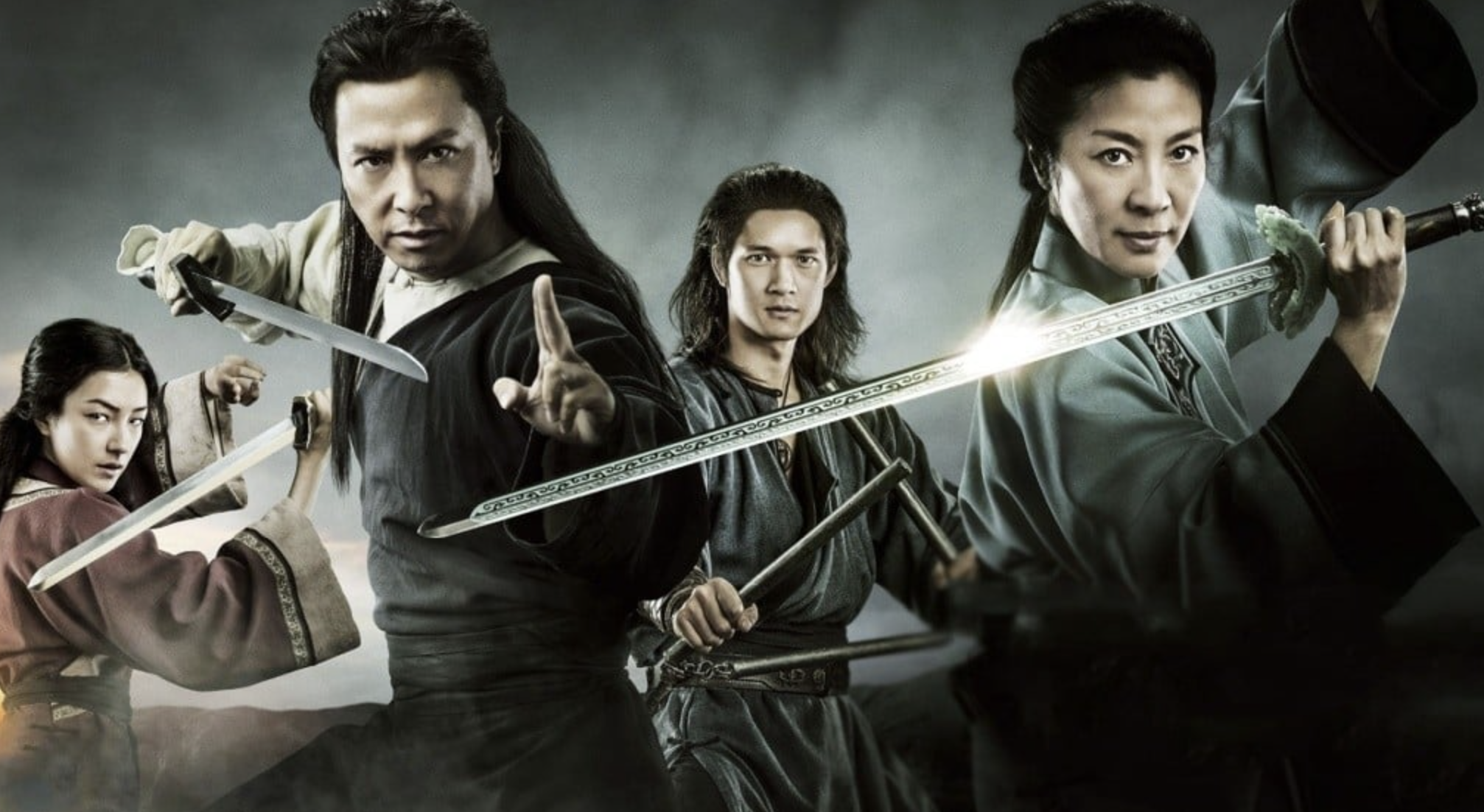
The Revolutionary "Crouching Tiger, Hidden Dragon"
Ang Lee's "Crouching Tiger, Hidden Dragon" stands as a cornerstone in martial arts cinema, breaking the mold with its fusion of exquisite storytelling, mesmerizing fight choreography, and visually arresting cinematography. This 2000 film transcends the traditional boundaries of its genre by infusing elements of fantasy, romance, and epic storytelling, offering audiences a spectacle that is as emotionally engaging as it is visually spectacular.
The narrative, rich with themes of love, freedom, and the quest for inner peace, serves as a backdrop for some of the most innovative and gracefully executed martial arts sequences ever filmed. The actors, including Chow Yun-fat, Michelle Yeoh, and Zhang Ziyi, perform with a level of precision and grace that elevates their fight scenes into a form of high art. Their movements are not just demonstrations of physical prowess but expressions of their characters' deepest desires and conflicts.
One of the film's most celebrated aspects is its breathtaking use of wirework, allowing characters to defy gravity in ways that had never before been seen in mainstream global cinema. These scenes, where warriors glide over rooftops and duel in the treetops, lend a magical quality to the film that has since inspired a whole generation of filmmakers.
"Crouching Tiger, Hidden Dragon" also brought international attention to the wuxia genre, traditionally a Chinese form of fiction, introducing global audiences to its rich tapestry of chivalry, martial arts, and adventure. Its success paved the way for a greater appreciation of Asian cinema in the West and demonstrated the universal appeal of well-told stories, regardless of their cultural origins.
The film’s critical and commercial success underscored the universal language of cinema, proving that a deeply rooted cultural story could find resonance with a global audience. Its legacy is not just in its breathtaking visuals or stirring narrative, but in its ability to bridge cultures, redefining what a martial arts film could be and inspiring filmmakers and audiences alike to dream beyond the conventional boundaries of genre.
Jet Li's Mastery in "Hero"
In "Hero," Jet Li transcends the typical martial arts role to deliver a performance that is both poignant and powerful. Directed by Zhang Yimou, this 2002 masterpiece weaves a rich tapestry of color, emotion, and breathtaking martial arts choreography to recount an epic tale from ancient China. The film stands out not just for its visual splendor but for the depth it brings to its narrative, exploring profound themes of peace, the nature of heroism, and the sacrifices one must make for the greater good.
Jet Li's portrayal of Nameless, a skilled swordsman embroiled in a plot to assassinate the king, showcases his versatility as an actor and martial artist. Each fight sequence, rather than being mere displays of physical prowess, are laden with emotional weight, reflecting the characters' inner turmoil and the broader philosophical questions at the heart of the story. Li's movements are fluid and precise, a testament to his mastery of martial arts, which elevates the film's action sequences to a form of visual poetry.
"Hero" is celebrated for its innovative use of color as a storytelling device, with each segment of the narrative distinguished by a distinct hue that enhances the emotional resonance of the scene. This artistic choice, combined with Jet Li's compelling performance, creates a cinematic experience that is as thought-provoking as it is visually arresting. The film's influence extends beyond its stunning aesthetics; it prompts viewers to reflect on the nature of truth and the complexities of heroism. Through Jet Li's mastery, "Hero" challenges and expands the boundaries of the martial arts genre, offering a story that is as intricate and moving as the art form it celebrates.
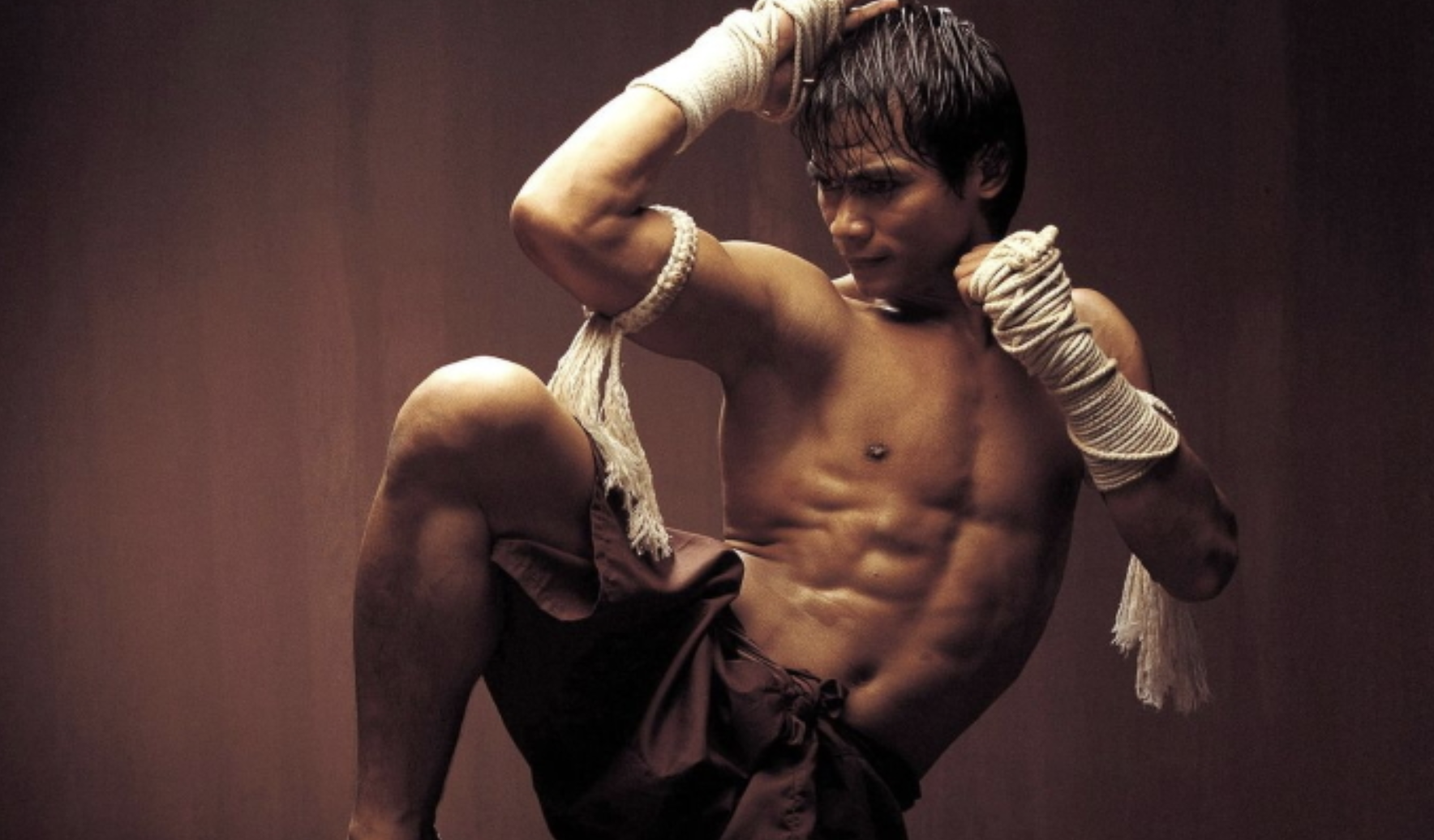
The Impactful "Ong-Bak: Muay Thai Warrior"
"Ong-Bak: Muay Thai Warrior" emerged as a seminal work in martial arts cinema, offering a raw and unfiltered look into the world of Muay Thai through the electrifying performance of Tony Jaa. This 2003 film breaks away from the choreographed precision commonly seen in the genre, instead opting for an authenticity in its action that resonates with a palpable sense of urgency and realism. Tony Jaa's portrayal of Ting, a villager on a quest to recover a sacred Buddha statuette, showcases not only his exceptional martial arts prowess but also a deep connection to the cultural and spiritual elements of Muay Thai.
Distinguished by its lack of CGI and wirework, "Ong-Bak" brings to the forefront a level of stunt work and physicality that had been largely unseen in Western cinemas at the time of its release. The film is celebrated for its inventive action sequences, which include Jaa executing high-risk maneuvers and combat scenes that underscore the discipline's versatility and brutal effectiveness. Through a narrative steeped in themes of honor, tradition, and resilience, "Ong-Bak" does more than entertain; it educates viewers on the rich history and significance of Muay Thai in Thai culture.
Tony Jaa's commitment to authenticity extends beyond his fight scenes; his dedication to performing his own stunts adds a layer of immersion and intensity that elevates the film's impact. This commitment paid off, propelling "Ong-Bak: Muay Thai Warrior" to international acclaim and making it a pivotal film in the martial arts genre. It not only launched Tony Jaa into stardom but also ignited a renewed interest in Muay Thai globally, showcasing the discipline's beauty, strength, and spirit to a broader audience.
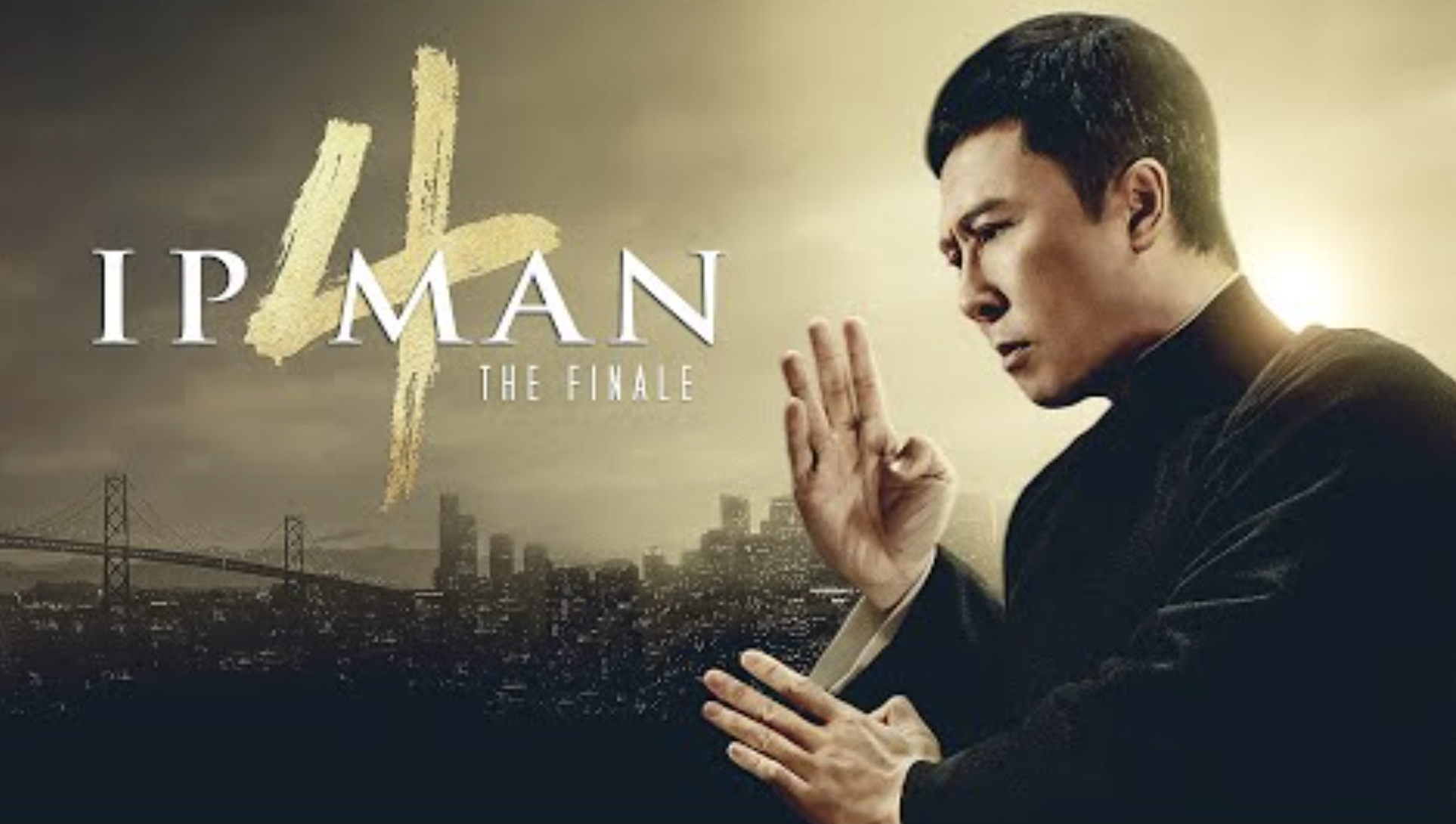
Modern Classic "Ip Man" Featuring Donnie Yen
Donnie Yen's portrayal of Wing Chun grandmaster Ip Man in the 2008 film has left an indelible mark on the martial arts film landscape. This gripping biographical drama delves deep into the life of Ip Man, highlighting his resilience and martial prowess during the tumultuous times of the Sino-Japanese War. Yen's performance is both nuanced and powerful, offering a look into the soul of a man who stood unwavering in the face of adversity. The choreography in "Ip Man" is nothing short of spectacular, with Yen executing Wing Chun techniques with a level of authenticity and precision that honors the martial art's tradition and efficiency. Each fight scene is a testament to Donnie Yen's dedication to his craft, showcasing not just his physical capabilities but also his deep understanding of martial arts as a form of expression. Beyond the exhilarating combat, "Ip Man" explores themes of integrity, community, and the unyielding spirit of a martial artist. The film’s narrative is enriched by its attention to historical detail and emotional depth, setting it apart from typical action movies. "Ip Man" has not only captivated audiences worldwide but also sparked a renewed interest in Wing Chun, contributing significantly to the martial art's global resurgence. Its success led to a series of sequels, each further cementing the legacy of both the character and the actor behind the role. For enthusiasts and newcomers alike, "Ip Man" stands as a compelling introduction to the world of martial arts, its culture, and its timeless values.
You May Also Like:

